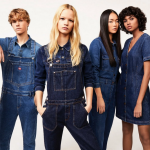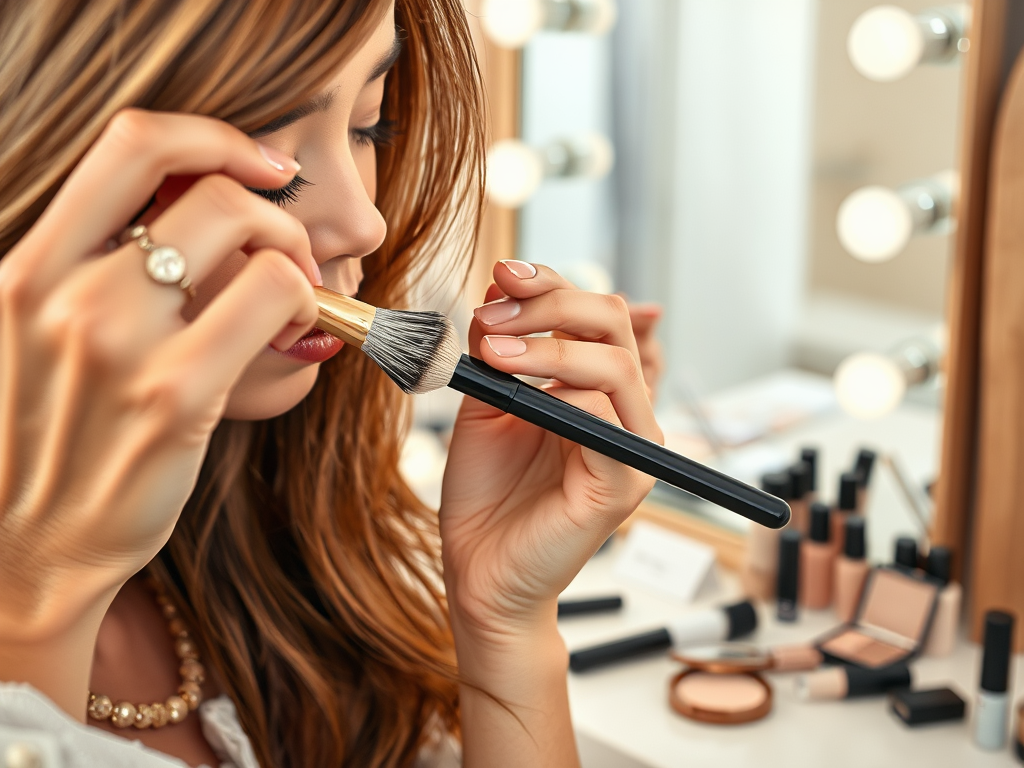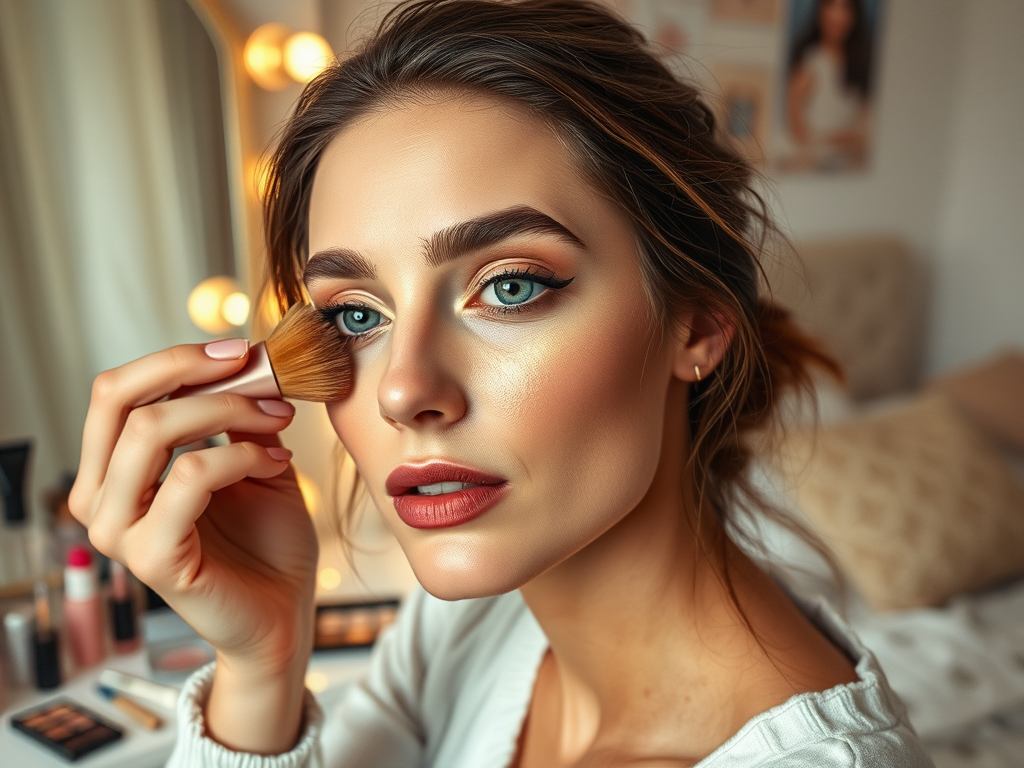Attending a social gathering but puzzled about what ‘semi-formal’ or ‘cocktail attire’ means? Deciphering dress codes can seem like cracking a fashion code. Understanding dress codes is crucial not only to respect the event’s tone but also to ensure you feel comfortable and confident. From black-tie galas to casual backyard BBQs, this guide will help you unlock the mysteries of party dressing codes, allowing you to find the perfect outfit for any event.
Understanding Different Types of Dress Codes
Party invitations often include a dress code, but what does each term really mean? ‘Formal attire’ suggests a high degree of sophistication with long evening gowns and dark suits typically worn. But let’s break down the most common dress codes one by one:
- Black Tie: This is the most formal standard dress code for evening events, where men should wear a black tuxedo and women can opt for floor-length gowns or sophisticated cocktail dresses.
- Business Formal: Often required for business dinners or conferences, this code calls for tailored business suits for men and women can choose between a formal business dress or tailored pants with a blazer.
- Cocktail Attire: This is a more relaxed yet elegant look for events such as cocktail parties. Women can wow in shorter evening dresses while men suit up in darker suits.
- Smart Casual: This dressy yet unpretentious code mixes casual pieces with smarter ones, like smart jeans with stylish blazers for men, and midi dresses with stylish heels for women.
- Casual Attire: The most relaxed code allowing for a broad range of comfortable clothes; think smart while still looking presentable.
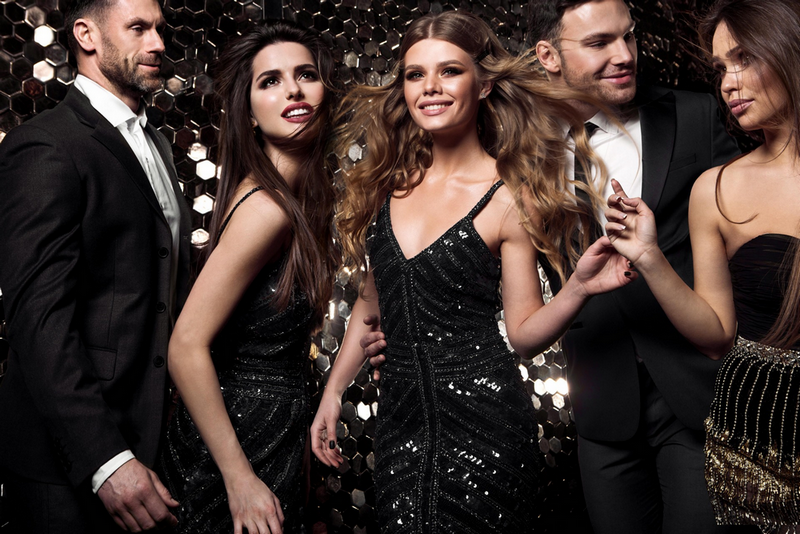
How to Choose the Right Outfit for Every Party
Choosing the right outfit for a party doesn’t have to be a daunting task. The type of event – whether it’s a wedding, an engagement party, or a casual get-together – can give you clues about the dress code. If the dress code isn’t specified or seems vague, aim for a versatile outfit that can bridge the gap between casual and formal. Should you wear your little black dress to a garden party? Probably not. But an elegant floral midi dress? That will do nicely.
Remember that certain parties, like white-tie events or Christmas parties, will have very specific expectations, and it’s worth doing a bit of research to ensure your ensemble is spot on. Consider the event’s theme, venue, and time of day; evening events tend to be more formal.
For ambiguous invitations, here are a few solid outfit ideas to consider:
- Women can never go wrong with a knee-length dress paired with heeled sandals for a look that’s dressy without trying too hard.
- Men might want to opt for tailored trousers teamed with a nice shirt – tie optional. This combo can work for a surprisingly wide range of events.
Accessorizing to Complement Your Party Outfit
Once you have your outfit selected, accessories are the next critical step. They are the finishing touches that tie your look together and help express your personal style within the constraints of the dress code. Always consider the level of formality of the event when choosing your accessories.
Here’s a quick table guide to help you match accessories with different dress codes.
| Dress Code | Women | Men |
|---|---|---|
| Black Tie | Classic jewelry, clutch, evening shoes | Cufflinks, dress watches, patent shoes |
| Cocktail Attire | Playful jewelry, dressy heels, stylish clutches | Leather shoes, dress watches, optional tie clips |
| Business Formal | Minimalist jewelry, professional totes, closed-toe pumps | Dress shoes, leather belts, conservative tie |
| Smart Casual | Laid-back jewelry, trending bags, ankle boots or flats | Casual watches, versatile loafers, fun socks (if the occasion allows) |
| Casual Attire | Simple statement pieces, crossbody bags, sandals or sneakers | Sneakers or casual shoes, no-show socks, everyday watches |
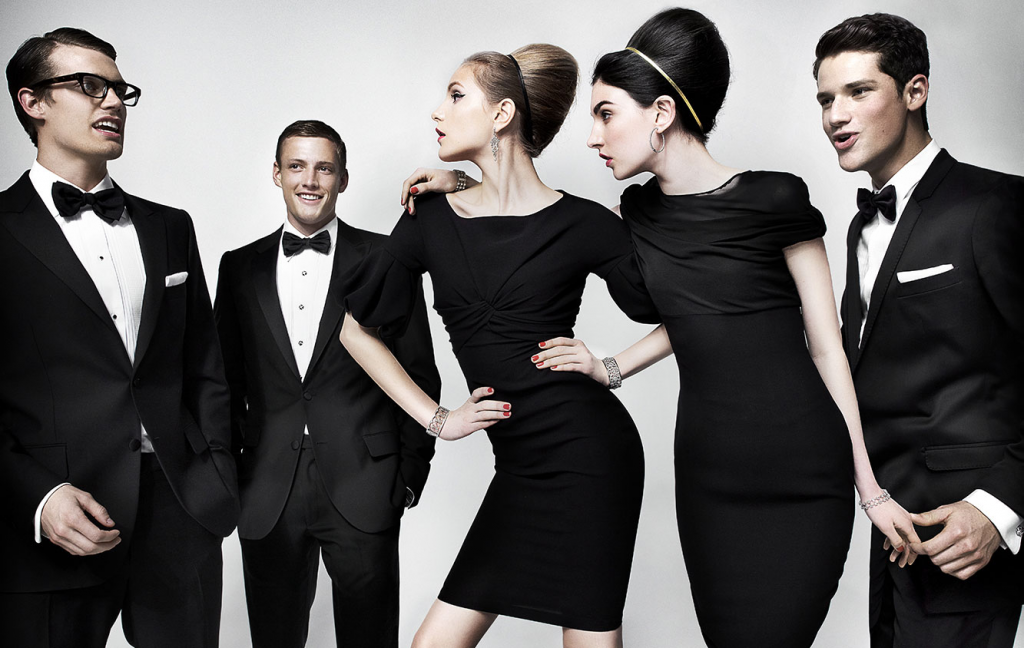
Dress Code Etiquette and Faux Pas to Avoid
It’s essential to avoid common missteps in party dressing. Overlooking a dress code can result in feeling out of place and may imply a lack of respect for the host or occasion. Dress codes are in place for a reason, and they help maintain the certain ambience of an event. Stepping too far outside the expected attire runs the risk of stealing the spotlight for all the wrong reasons.
A few key points to keep in mind: always respect the dress code indicated, never dress too informally for more formal events, and consider the broader cultural expectations if attending an event with guests from differing backgrounds.
The Dos and Don’ts of Party Dressing
There’s a delicate balance between standing out and fitting in. Here are some dos and don’ts that will help you strike the right chord:
- Do ask for clarification if you’re unsure about the dress code – guessing can lead to embarrassment.
- Don’t assume casual means anything goes – always err on the side of too smart rather than too scruffy.
- Do consider the host and other guests – you want to complement the party, not compete with it.
- Don’t feel restricted by your gender – today, dress codes are more open to interpretation, so wear what feels comfortable.
Dress Code Themes and How to Stand Out (while fitting in)
Themed dress codes can be the most fun, as they allow for creativity and personal expression. However, they also require careful consideration, as donning a themed outfit can quickly go from tasteful to tasteless if not done well. Whether it’s a “Hollywood Glam” red-carpet affair or a “1970s Disco” night, the key is to play along with subtlety and style, ensuring you’re part of the theme without looking like you’re in a costume.
Dress Codes Across Cultures: What to Expect
Dress codes can have different interpretations around the world. In some cultures, what’s considered “casual” might be considered “too casual” elsewhere. When attending international events, it’s important to research and respect local customs and practices. When in doubt, it’s a good idea to err on the side of formality, as being slightly overprepared typically shows a higher level of respect than being underdressed.

Conclusion
Dressing appropriately for a party is all about understanding and respecting the dress code while still expressing your personal style. We’ve navigated the most common dressing codes, tackled the subtleties of accessorizing, and provided tips for standing out tastefully within themed events. With these guidelines in mind, selecting the right outfits for any event should be effortless. So go forth, dress confidently, and enjoy the celebration!
FAQs
Q1: What should I do if I’m unsure about the dress code for a party?
A1: If you’re unsure about the dress code, it’s always best to ask the host for clarification. It’s better to ask than to arrive over or underdressed.
Q2: Can I ever be overdressed for a party?
A2: While being a little overdressed is typically better than underdressed, try to stay close to the suggested dress code. Significantly overdoing it may make you stand out in an uncomfortable way.
Q3: Is it acceptable to wear jeans to a business casual event?
A3: Typically, jeans are not considered appropriate for a business casual dress code. Opt for slacks or chinos instead. However, if the invite specifically mentions that jeans are acceptable, you can wear them.
Q4: How do I deal with a “festive” dress code for a holiday party?
A4: A “festive” dress code usually calls for holiday-themed attire with a sense of fun. This might mean brighter colors, seasonal patterns, or even tasteful holiday-themed sweaters.
Q5: Are there any universal dress code rules I can follow for any party?
A5: Yes, a few universal rules include avoiding overly casual wear like flip-flops and tank tops unless specifically stated, always ensuring clothes are clean and well-fitted, and recognizing that it’s better to be slightly over than underdressed if you’re in doubt.

